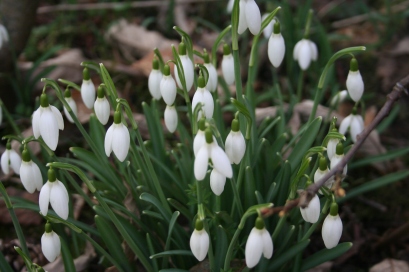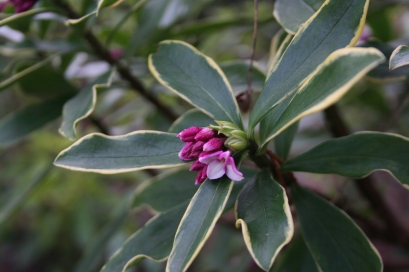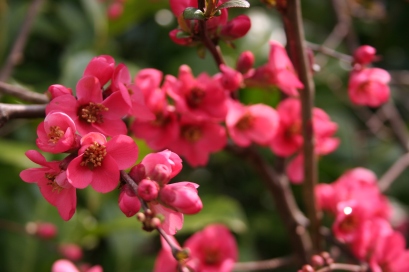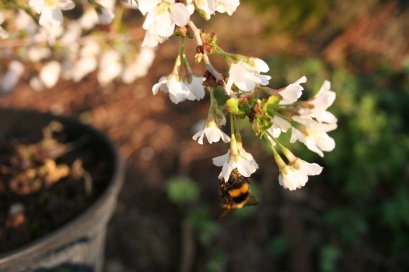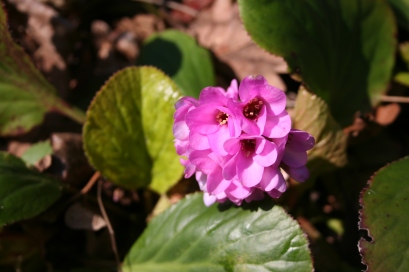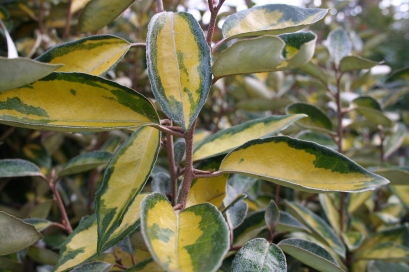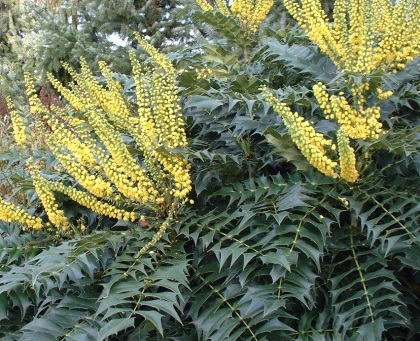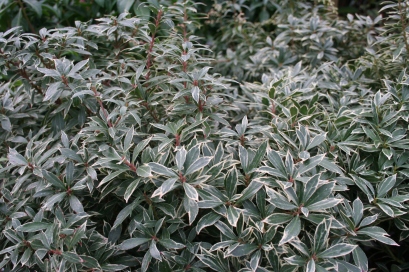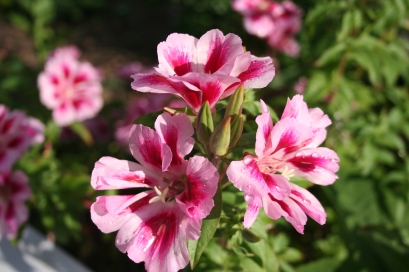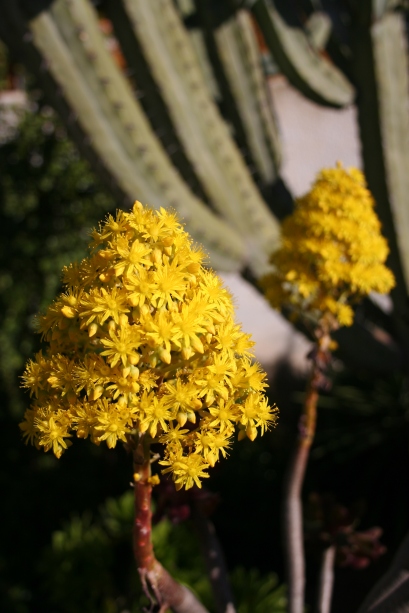
Gardening with ‘houseplants’ in Spain
We have just returned from walking the dog in the fields close to our home. The sky is clear and a crisp frost decorates the countryside, which sparkles in the bright winter sunlight. The village fishing pond shimmers enticingly, with wisps of mist gently drifting across the surface of the water. It is disturbed only by the occasional moorhen or other water-bird, flapping away once our presence is noticed. Town gardeners are out doing the pruning to keep warm.
We have not seen a frost since our return from Spain 10 days ago. The Castile y León region in the north of Spain, centred on the city of Burgos, gave us thick fog and hard frosts in turns, with snow visible on the higher hills and mountains. This was to be repeated several times on the two day drive south and on our return a few days later. We have been to Andalusia in southern Spain several times, both for business and pleasure, but this was the first time we had driven via the north (rather than along the Mediterranean coast). The trip took in some wonderful scenery – huge, scarcely populated open spaces and brutal mountain ranges – in addition to the shock of the motorway system around Madrid and the austere cultivated plains to the south. From the fishing ports on the Atlantic we drove through cattle country, rolling grain prairies, vast fields of melons and vegetables grown under vast circular irrigation systems, and the vineyards of Rioja and Valdepeñas. Later there were olive groves as far as the eye could see, the deserts of Andalusia and finally, close to the coast, Europe’s salad capital in Almeria Province, with mile upon mile of colossal plastic structures providing perfect growing conditions for tomatoes, cucumbers, peppers and other crops. Outside, citrus trees and date palms thrive. On this journey we experienced below freezing temperatures, snow, frost, fog and gorgeous, warm sunny days, depending on the terrain and the region.
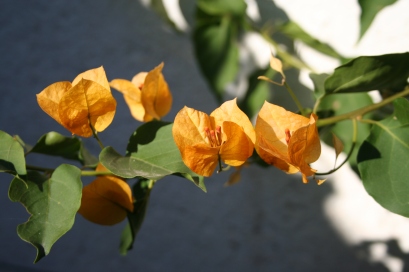
Bougainvillea grows both as a free-standing shrub or trained as a climber – if you have the climate
The point of our stay in Almeria Province was two-fold; we dropped in on my parents for New Year and visited a client with a garden to build. One of the main reasons we moved to central France was to make international garden design appointments easier. We can get to anywhere from here, with the UK, France and many other European mainland countries reached in a day, while even the furthest points of Spain, Portugal or Italy are only a couple of days away by car. Not having to cross the Channel each time we travel beyond the shores of England has been a real bonus.
People often ask how it is possible to design gardens in other countries. I have rarely found it to be a problem – the principles of garden design are universal, only the technical details change and local growers and other experts can always be found to assist if needs be. In Almeria they garden with what for the British are houseplants, but we have assisted with several gardens in the region. The important thing is to respect the surroundings and the traditions of the country when considering a new garden and this is why a three or four day visit is essential at some stage in the process.

Viburnum x. bodnantense in flower today in central France
Back in France, I am rather pleased to see some cold weather. Camellia flowers are beginning to open and daffodils poke out of the ground. This cool spell should hold everything back a little and avoid the catastrophic destruction of buds and flowers we experienced last year. Is it me or is their optimism in the air? Bookings for courses and guided garden and vineyard tours are going very well; we have students and customers coming from Australia, USA, Britain and a large group for three weeks from Greece. I am trying to fit garden and trade show visits into the schedule for the year: Salon Vegetal at Angers, Courson, St Jean de Beauregard and of course the gardens festival at Chaumont sur Loire. I’ll include as many as I can but already I accept there will not be time for IPM-Esson, or the British garden shows at Chelsea, Malvern and Hampton Court this year, unless a visit to a client happens to coincide with one of them.
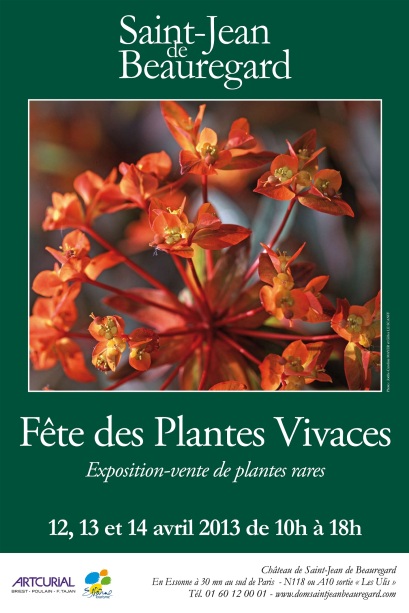
One of this springs “must see” garden events
I am spending a lot of time sorting out the web sites of the Academy, the Garden Design Company, Loire Valley Gardens and the rest, each of which need updates and improvements, our English garden design site undergoing a complete overhaul. There seem to be new opportunities everywhere and new demands from every direction – more indications of an exciting year to come. I am spending more time getting to know French gardening and horticulture, meeting some of the major characters of the industry during seminars, shows and other events. It’s proving fun to exchange experience with other enthusiasts and experts in a new language. At the same time we have many new and existing students undertaking distance learning courses, all of whom must be given attention and support.
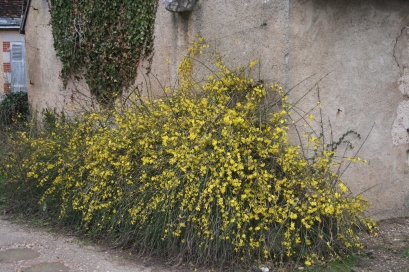
A fine bush of Jasminium nudiflorum in a neighbour’s garden
There is much to do in the garden before the season gets underway: a new lawn to sow, the areas around the swimming pool, behind the classroom and around the house to landscape and tidy up. Soon there will be seeds to sow – the first package has already arrived from Thomson and Morgan – and I’ll be too busy to undertake anything major.
So much to do, so little time to do it all! It’s what keeps me motivated and my gardening life eventful and joyous.
47.253433
1.649578


